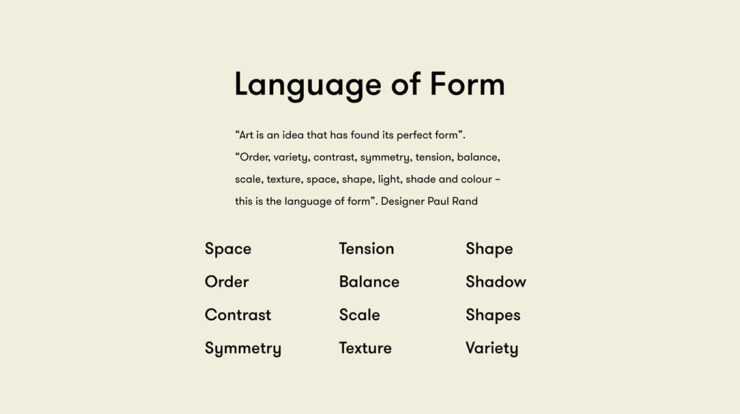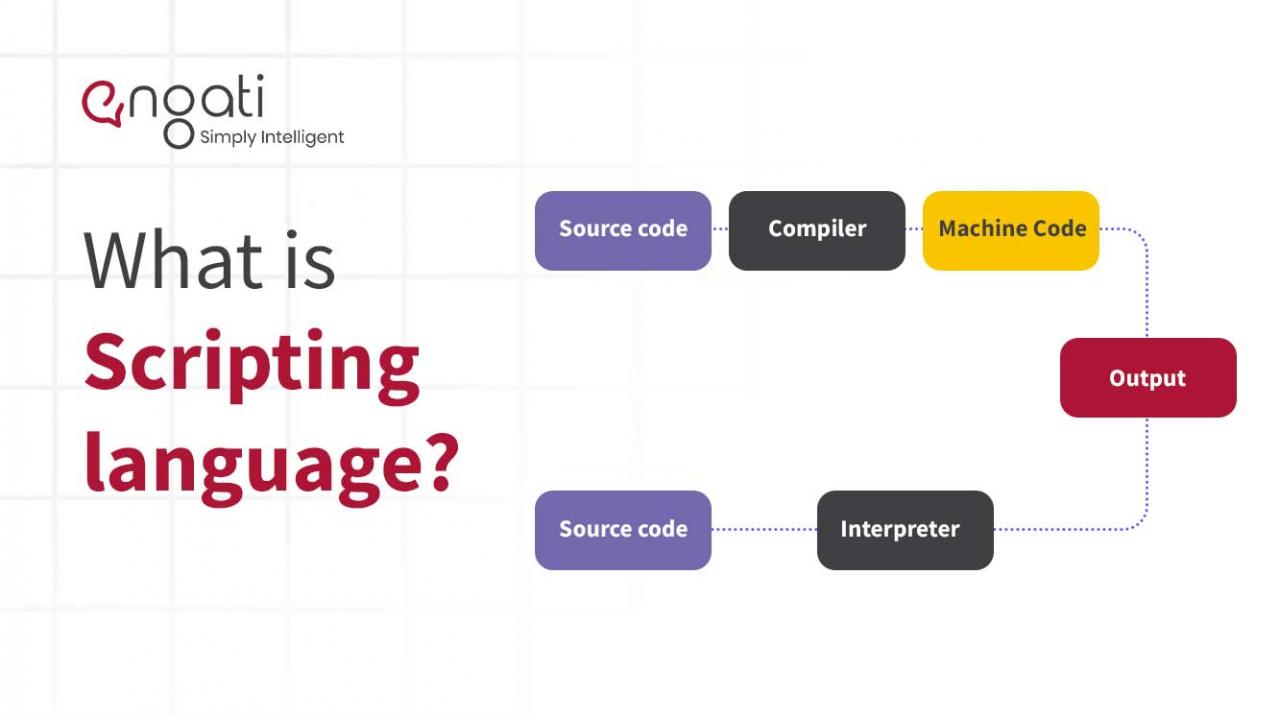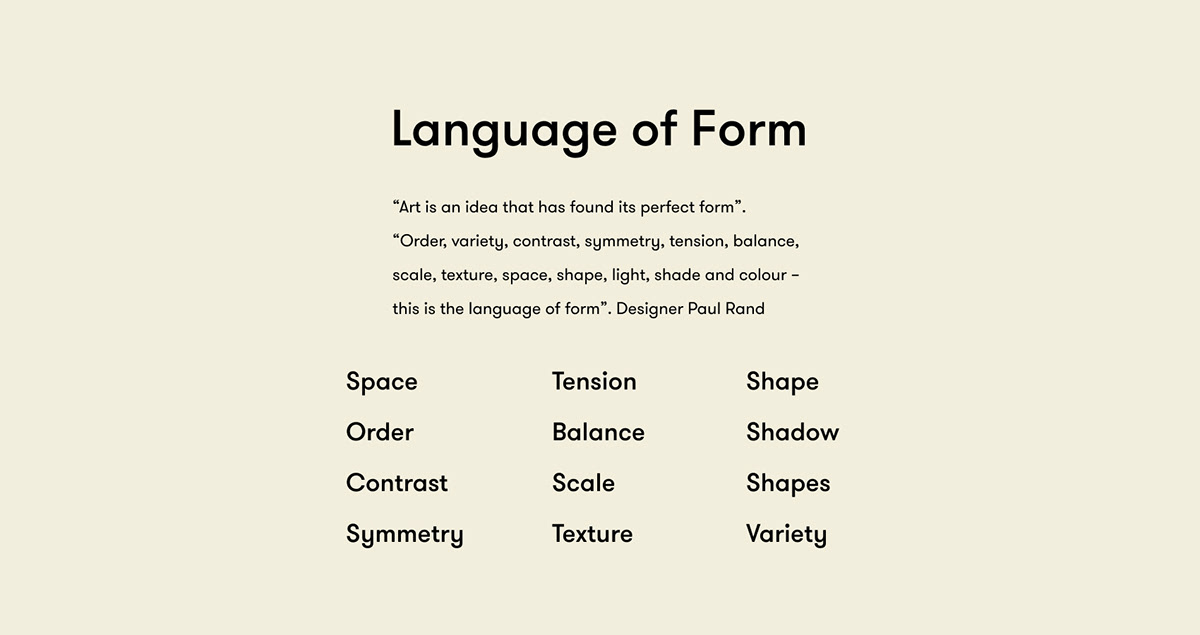
Delving into the realm of sheet language meaning, this comprehensive guide unveils the multifaceted nature of this communication tool, exploring its diverse forms, significance, and real-world applications.
From spreadsheets and musical sheets to cheat sheets, sheet language serves as a vital medium for organizing, presenting, and sharing information across various fields.
Define Sheet Language Meaning

Sheet language refers to a broad category of written or printed materials that are typically organized in a tabular or structured format, resembling a sheet of paper.
Historically, the term “sheet” has been used to describe a single, flat piece of paper or parchment used for writing, drawing, or recording information. In the context of language, “sheet language” encompasses various types of documents that present information in a structured and organized manner.
Examples of sheet language include spreadsheets, musical sheets, cheat sheets, and other similar materials used for data management, communication, and reference purposes.
Types of Sheet Language
Sheet language encompasses a diverse range of document types, each with its unique characteristics and applications:
- Spreadsheets:Digital or physical documents consisting of rows and columns of cells used for organizing and manipulating data. They are widely used in business, finance, and scientific research.
- Musical Sheets:Printed or digital documents that represent musical compositions using musical notation. They provide a visual representation of the music, including notes, rhythms, and other musical elements.
- Cheat Sheets:Condensed and simplified documents that summarize key information or instructions for quick reference. They are often used in education, training, and technical fields.
Significance of Sheet Language, Sheet language meaning
Sheet language plays a crucial role in various fields, facilitating communication, organization, and collaboration:
- Education:Spreadsheets and cheat sheets are widely used in classrooms to organize and present data, simplify complex concepts, and provide quick references for students.
- Business:Spreadsheets are essential for financial analysis, budgeting, and data management. They enable businesses to track performance, make informed decisions, and optimize operations.
- Music:Musical sheets are the primary means of communicating musical compositions and performances. They allow musicians to share and interpret music accurately.
Examples of Sheet Language in Use
Sheet language is ubiquitous in real-world scenarios:
- Financial analysts use spreadsheets to track stock prices, analyze market trends, and make investment decisions.
- Students use cheat sheets to summarize key concepts, formulas, and definitions for quick reference during exams.
- Musicians use musical sheets to rehearse, perform, and collaborate on musical compositions.
Limitations and Challenges of Sheet Language
While sheet language offers numerous benefits, it also has certain limitations and challenges:
- Accessibility:Digital sheet language formats may not be accessible to individuals with disabilities, such as those with visual impairments.
- Data Security:Spreadsheets containing sensitive data may pose security risks if not properly protected.
- Specialized Knowledge:Using complex sheet language formats, such as spreadsheets with advanced formulas, may require specialized knowledge and training.
Conclusive Thoughts

In conclusion, sheet language meaning encompasses a wide spectrum of communication methods, each with its unique characteristics and applications. Understanding the significance and limitations of sheet language empowers individuals to effectively utilize this tool for efficient communication, organization, and collaboration.
Popular Questions
What is the literal meaning of “sheet language”?
Sheet language refers to any form of communication or information presented on a sheet or flat surface, such as spreadsheets, musical sheets, or cheat sheets.
How is sheet language used in formal settings?
In formal settings, sheet language is commonly employed in spreadsheets for data analysis and financial modeling, and in musical sheets for composing and performing music.
What are the advantages of using sheet language?
Sheet language provides a structured and organized way to present information, making it easier to understand, analyze, and share with others.
What are the limitations of sheet language?
Sheet language can be limited by accessibility issues, data security concerns, and the need for specialized knowledge to interpret and use it effectively.





